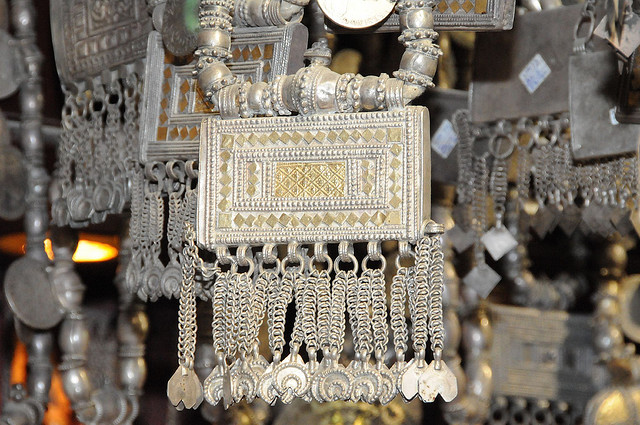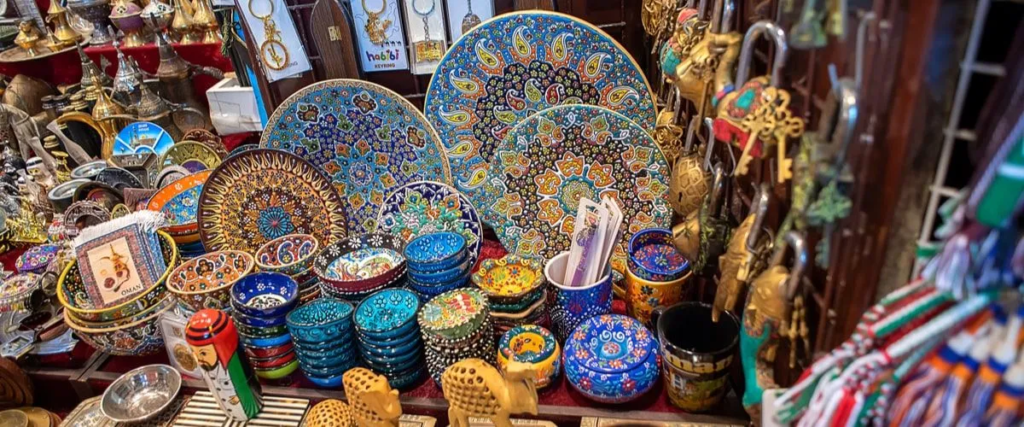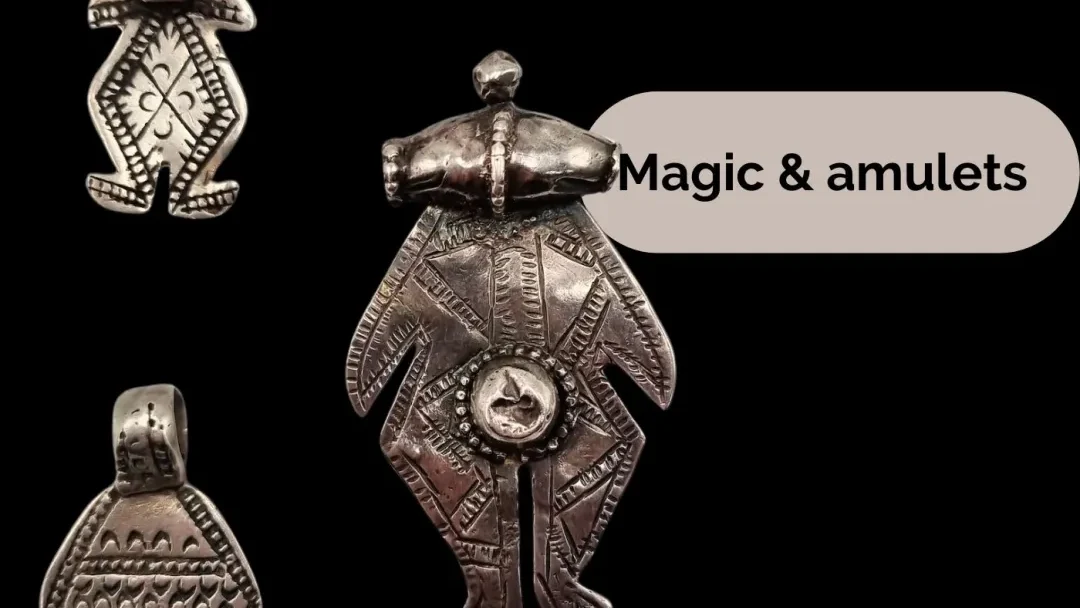Jewelry is often more than just an ornament. It is a storyteller, a preserver of heritage, and a reflection of identity. In Oman, jewelry holds a deeply rooted significance that goes beyond its physical charm. Crafted with precision and infused with cultural symbolism, Omani jewelry carries centuries of tradition, pride, and artistry. It is admired not only for its intricate designs but also for the stories each piece holds about family, society, and the nation’s heritage. To truly appreciate Omani jewelry is to understand the heart of Oman itself a country where tradition gracefully meets beauty.
The Historical Roots of Omani Jewelry
Jewelry in Oman dates back hundreds of years, influenced by the country’s geographical position as a trade hub between Asia, Africa, and the Middle East. Traders from India, Persia, and Africa brought not only goods but also artistic ideas that shaped Omani craftsmanship. Despite external influences, Oman developed a distinct jewelry style that mirrored the values and lifestyle of its people.
Historically, jewelry was seen as a form of wealth, a dowry, and a protection against evil. It was common for Omani families to pass jewelry from one generation to another, preserving not just the material value but also family history. Each piece symbolized continuity, tradition, and blessing. This deep emotional connection is why Omani jewelry has maintained its cultural importance over centuries.
The Unique Characteristics of Omani Jewelry
Omani jewelry is instantly recognizable for its bold designs, detailed patterns, and use of silver. Unlike other regions that favored gold, Oman became renowned for its silver jewelry. The purity and craftsmanship of silver pieces gave them an identity of their own. Artisans often engraved geometric shapes, floral motifs, and protective symbols into the jewelry, making each piece a blend of beauty and spirituality.
Another striking characteristic is the use of beads, coral, amber, and semi-precious stones. These elements not only added vibrant color but also spiritual meaning. For instance, beads were often believed to protect against negative energy, while coral symbolized life and vitality.
What makes Omani jewelry unique is its ability to merge practical, cultural, and artistic values into wearable art. Every necklace, ring, or bracelet tells a story of community, identity, and craftsmanship.

Jewelry in Daily Life and Celebrations
Jewelry is woven into the fabric of Omani life, appearing in both everyday routines and grand celebrations. Women traditionally wore jewelry as part of their daily attire, a reflection of their family’s wealth and their personal identity. Even simple tasks were often performed with jewelry adorning the hands and wrists, making beauty a constant companion.
During weddings and festive occasions, jewelry takes on an even greater role. Brides are adorned with layers of necklaces, heavy bracelets, and beautifully decorated headpieces. These items symbolize blessings, prosperity, and family pride. In many cases, the jewelry worn by a bride was passed down from her mother or grandmother, adding a sense of continuity and emotional connection to the occasion.
Even in religious and cultural celebrations such as Eid, jewelry is considered an essential part of the attire, reflecting joy, gratitude, and cultural pride.
Jewelry as a Symbol of Identity
In Oman, jewelry does not only represent wealth; it represents identity. Each region of the country has distinct styles that reflect local traditions and histories. For instance, jewelry from Dhofar may differ in style and design from that of Muscat or the interior regions. These differences highlight the cultural diversity within Oman while uniting the nation under a shared tradition of craftsmanship.
Jewelry also acts as a silent language of belonging. The patterns, symbols, and styles often reflect a person’s tribal connections, marital status, or social standing. This silent yet powerful communication shows how jewelry functions as more than decoration it is a symbol of who one is and where one comes from.
The Role of Women in Preserving Jewelry Traditions
Women have always been at the heart of jewelry traditions in Oman. They not only wore the jewelry but also safeguarded it as part of the family’s cultural wealth. Mothers and grandmothers passed down pieces to daughters, ensuring the continuation of customs.
In many Omani households, jewelry was a form of security for women. It was considered personal wealth that could be used in times of financial need, making it both a treasure of beauty and a symbol of independence. Beyond the material aspect, the emotional connection women developed with jewelry made it an inseparable part of their lives.
Today, women continue to honor these traditions by wearing traditional jewelry during cultural festivals and weddings. Their role in preserving and showcasing Omani jewelry ensures that the artistry remains alive for future generations.
The Spiritual and Protective Meaning of Jewelry
Omani jewelry is not just admired for its physical elegance; it is also believed to hold protective powers. Many pieces were crafted with symbols intended to shield the wearer from evil spirits or misfortune. Amulets and talismans, often incorporated into necklaces or bracelets, were worn to bring blessings and ward off negative energy.
For example, certain pendants were shaped to represent fertility, good health, or protection for children. This spiritual dimension gave jewelry a sacred role, intertwining faith, hope, and artistry. It is this blend of belief and beauty that makes Omani jewelry so culturally significant.
Jewelry and Omani Craftsmanship
The craftsmanship of Omani jewelry is a story of dedication, patience, and creativity. Silversmiths, known as “najjar,” were highly respected artisans in Omani society. Their skills were often passed down through generations, making jewelry-making a family tradition.
These artisans used ancient tools and techniques to carve intricate designs into silver. Each step required attention to detail, from melting and molding the silver to engraving and polishing. The dedication to perfection ensured that every piece was not just jewelry, but a masterpiece.
Even today, traditional craftsmanship is highly valued, though modern technologies have influenced the process. Many Omanis still prefer handmade jewelry, cherishing the authenticity and cultural soul embedded within every detail.
Jewelry as a Form of Storytelling
Omani jewelry can be seen as a visual narrative. Every pattern, bead, and symbol reflects a story whether it is about protection, love, or family heritage. A single necklace may tell a tale of migration, cultural exchange, or family legacy. This storytelling aspect makes jewelry much more than an accessory.
For brides, jewelry tells the story of blessings and new beginnings. For mothers, it tells the story of continuity and tradition. For artisans, it tells the story of skill and creativity. In essence, jewelry becomes a living memory, preserving history in a tangible and wearable form.
Modern Interpretations of Omani Jewelry
With globalization and modernization, jewelry in Oman has also evolved. Contemporary designs now blend traditional motifs with modern aesthetics, appealing to younger generations while preserving cultural values. Many Omani designers create jewelry that can be worn in daily life yet still reflects heritage.
International fashion has also embraced Omani jewelry, with collectors and designers admiring its uniqueness. This global appreciation not only highlights the beauty of Omani jewelry but also ensures its relevance in the modern world.
Still, Oman maintains a strong commitment to preserving its authentic designs. Whether traditional or modern, jewelry remains a cultural emblem that reflects national pride and artistic excellence.

Jewelry as Cultural Heritage
Jewelry is considered a living heritage in Oman. Museums, cultural festivals, and exhibitions often showcase traditional jewelry to educate people about its history and significance. By preserving these traditions, Oman safeguards its cultural identity against the tide of globalization.
Cultural initiatives also encourage young artisans to learn traditional jewelry-making techniques, ensuring that the knowledge does not fade with time. This dedication to heritage reflects the deep respect Oman has for its traditions and the importance of passing them to future generations.
The Emotional Connection to Jewelry
Beyond artistry and cultural symbolism, Omani jewelry carries an emotional weight. It represents love when given as a gift, pride when worn during festivals, and comfort when passed down from ancestors. This emotional connection explains why jewelry continues to hold an important place in Omani families despite changes in lifestyle.
A grandmother’s necklace may symbolize warmth and guidance, while a mother’s bracelet may symbolize resilience and protection. These emotions tied to jewelry make it far more valuable than its material worth, transforming it into a legacy of love and identity.
Jewelry and National Pride
For Omanis, jewelry is not just a family treasure; it is a national treasure. It reflects the nation’s values of beauty, resilience, and creativity. When showcased internationally, Omani jewelry becomes an ambassador of culture, representing the timeless charm of Oman’s heritage.
Oman’s jewelry traditions are a reminder that culture can be both deeply personal and universally admired. This duality makes it a powerful symbol of national pride, connecting Oman’s past with its present and future.
Conclusion
Omani jewelry is far more than ornamental beauty; it is the soul of tradition, identity, and artistry. Each piece reflects centuries of history, cultural values, and emotional connections. From daily life to grand celebrations, jewelry has always been a cherished companion in Oman, symbolizing love, pride, and protection.
Even as the world changes, Omani jewelry continues to shine as a beacon of heritage, admired for its timeless beauty and cultural depth. Its ability to evolve while preserving its roots makes it not only a national treasure but also a global inspiration. To look at Omani jewelry is to look into the heart of Oman a land where beauty and tradition are inseparable.
Also Read – Transforming Omani Lifestyle Through the Power of Education



